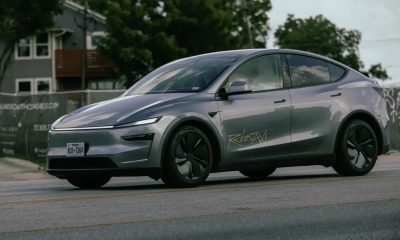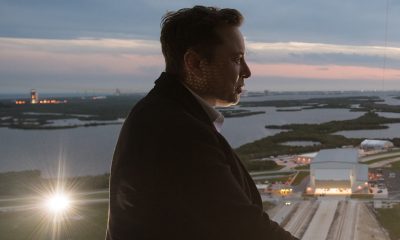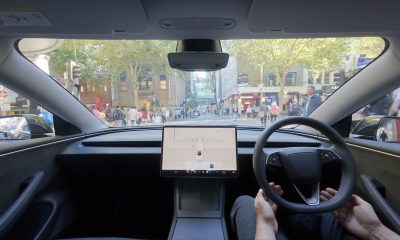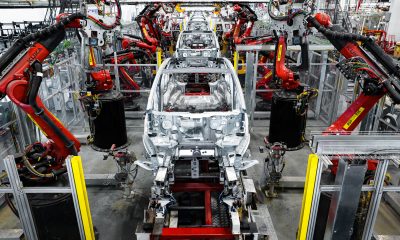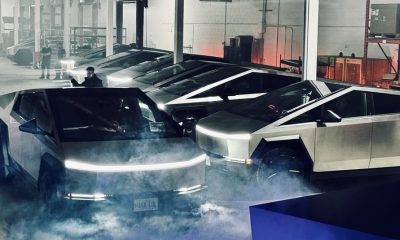News
Tesla Model Y tops Norway sales despite low Q1 delivery results
The new Model Y ended March as Norway’s top-selling vehicle for the month, with 1,819 units sold.
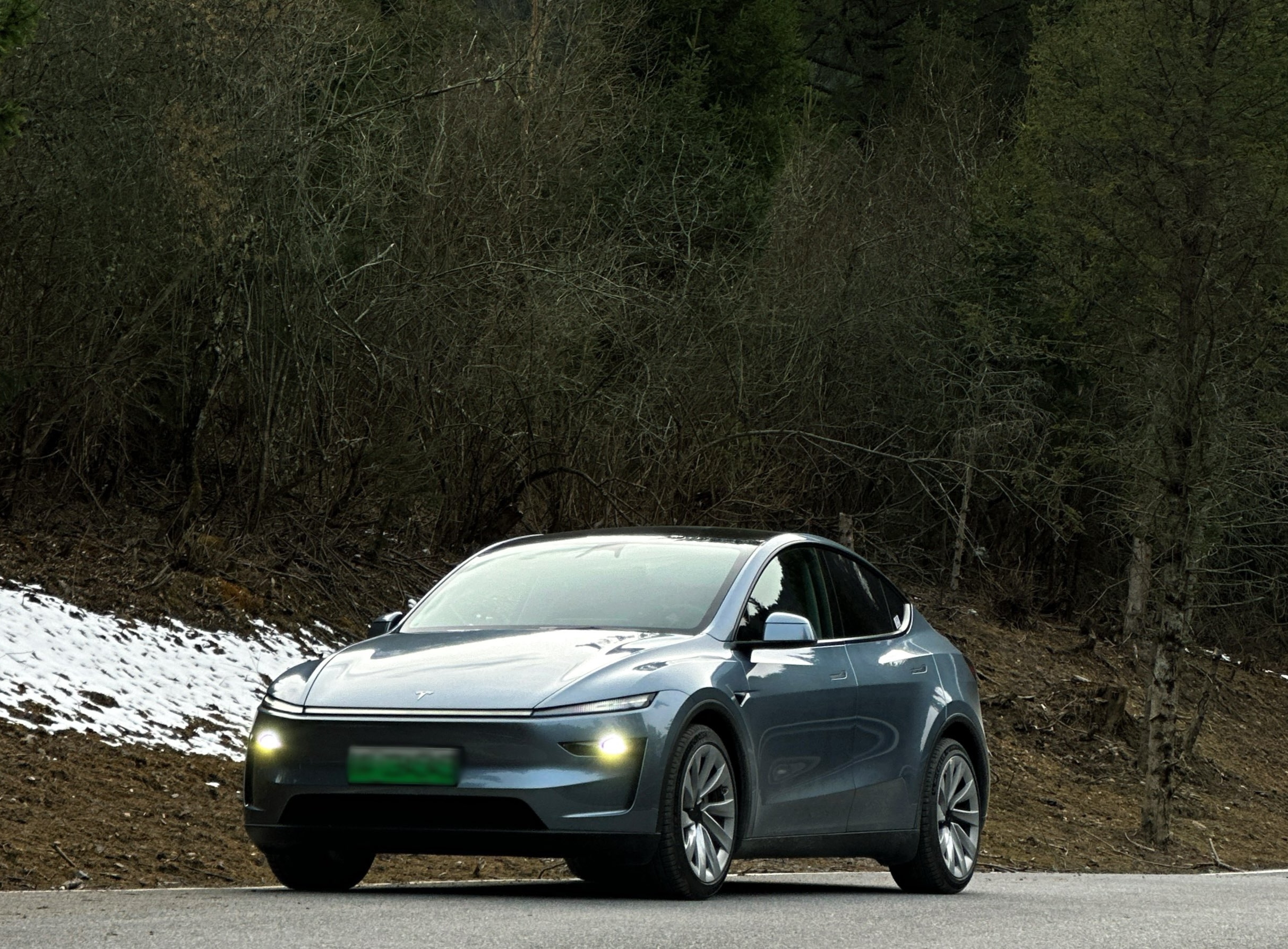
Tesla did not meet delivery expectations in the first quarter of 2025, and a huge reason behind this was the changeover to the new Model Y in Giga Texas, the Fremont Factory, Giga Shanghai, and Giga Berlin.
Despite Tesla’s disappointing Q1 vehicle delivery results, the new Model Y still made a significant impact in key markets such as Norway.
The new Model Y’s Norway Comeback
While sales of the new Model Y in January and February were low in Norway, the vehicle saw a lot of momentum as soon as deliveries of the updated all-electric crossover started. This resulted in the new Model Y ending March 2025 as Norway’s top-selling vehicle for the month, with 1,819 units sold.
Over the course of Q1 2025, Tesla was able to sell a total of 2,792 Model Y units. That was enough to also make the all-electric crossover Norway’s best-selling vehicle in the first quarter. This is quite an impressive feat for Tesla, especially since sales were throttled during the quarter due to the company’s changeover to the new Model Y.
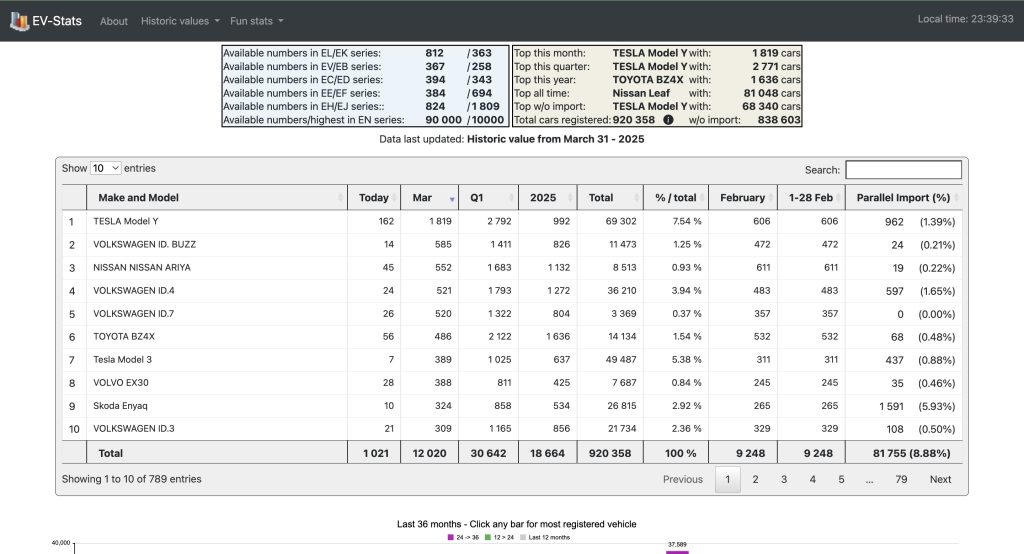
Tesla in Other European Markets
Tesla’s results in Europe during the first quarter were a mixed bag. In Germany alone, Tesla saw 4,935 vehicles sold in Q1 2025. As per the German road traffic agency KBA, Tesla’s sales in March dropped 42.5% to 2,229 units year-over-year. This was despite overall EV registrations rising 35.3% during the month.
In Italy, new vehicle registrations rebounded 51% in March from the previous year to 2,217 units, as per data from the Transport Ministry. This is still quite impressive considering that Tesla has become a very polarizing carmaker in Europe, thanks in no small part to CEO Elon Musk’s politics and close relation to U.S. President Donald Trump.
News
SpaceX aces Starship test flight 10 with successful payload deployment
The mission began at 6:30 p.m. local time in Starbase, Texas, when the launch of Starship initiated. After about eight minutes, stage separation was completed, and the Super Heavy Booster headed back down to Earth for a planned splashdown in the Indian Ocean:
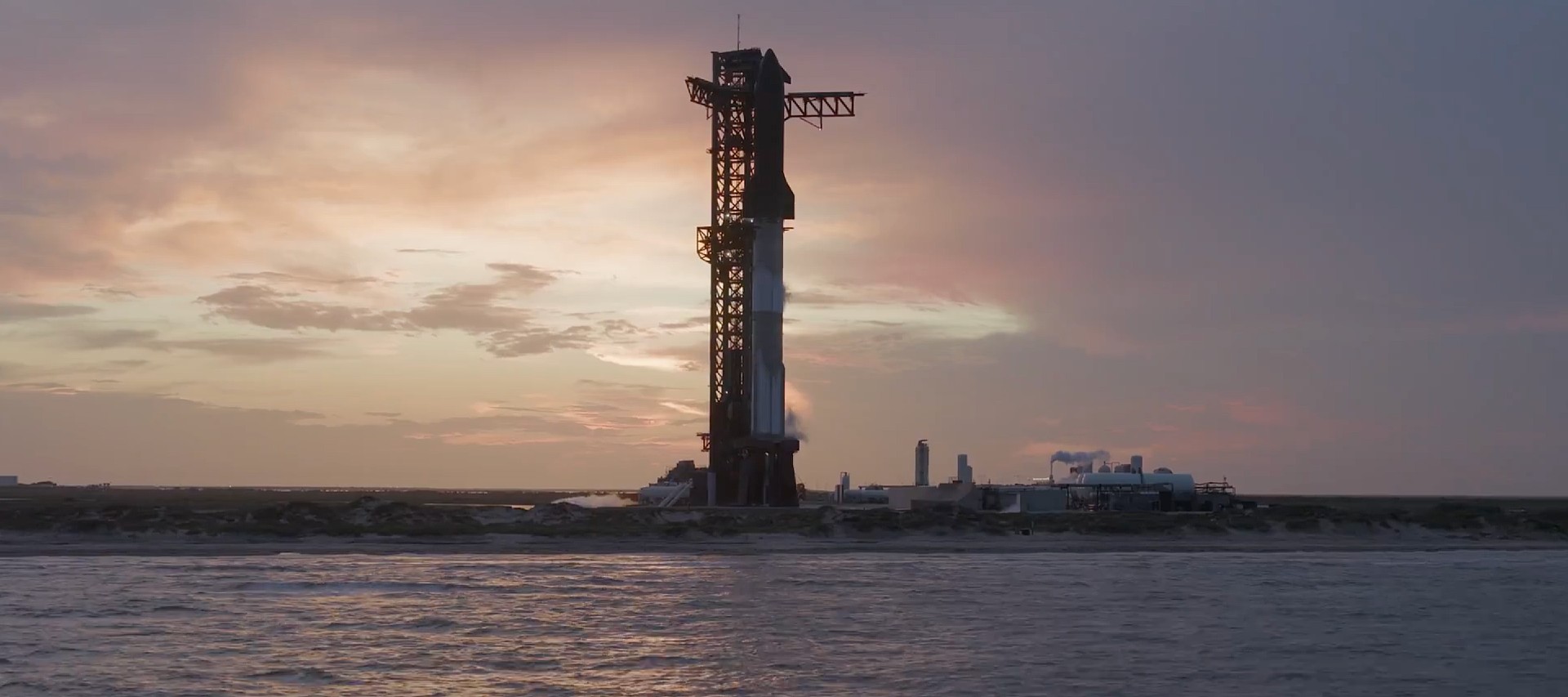
SpaceX aced its tenth Starship test flight on Tuesday night after multiple delays pushed the mission back to this evening. Originally scheduled for Sunday night, SpaceX had two delays push the flight back to Tuesday, which ultimately provided ideal conditions for a launch attempt.
The tenth test flight of Starship had several objectives, including a successful splashdown of the booster in the Gulf of America, the deployment of eight Starlink simulation modules from the PEZ dispenser, and a splashdown of the ship in the Indian Ocean.
SpaceX successfully achieved all three of these objectives, making it one of the most successful test flights in the Starship program. There was no attempt to catch the booster this evening, as the company had been transparent about it ahead of the launch.
The mission began at 6:30 p.m. local time in Starbase, Texas, when the launch of Starship initiated. After about eight minutes, stage separation was completed, and the Super Heavy Booster headed back down to Earth for a planned splashdown in the Indian Ocean:
Super Heavy has splashed down in the Gulf pic.twitter.com/LGozUAmLt8
— SpaceX (@SpaceX) August 26, 2025
Starship was then the main focus of the rest of the broadcast as it completed its ascent burn and coasted through space, providing viewers with spectacular views as the mission headed toward new territory, including the deployment of Starlink simulators. This would be the first time SpaceX would attempt a payload deployment.
The deployment works like a PEZ dispenser, as the simulators were stacked on top of one another and would exit through a small slit one at a time.
This occurred roughly 20 minutes into the mission:
Open the pod bay door, HAL
Starship deploying @Starlink simulator sats pic.twitter.com/3CSOyulzcJ
— SpaceX (@SpaceX) August 26, 2025
An hour and six minutes into the flight, Starship reached its final destination, which was the Indian Ocean. A successful splashdown would bring closure to Starship’s tenth test flight, marking the fifth time a test flight in the program’s history did not end with vehicle loss.
It was also the first of four test flights this year that will end with Starship being recovered.
Splashdown confirmed! Congratulations to the entire SpaceX team on an exciting tenth flight test of Starship! pic.twitter.com/5sbSPBRJBP
— SpaceX (@SpaceX) August 27, 2025
SpaceX is expected to launch Starship again in approximately eight weeks, pending the collection of data and other key metrics from this flight.
News
WATCH: SpaceX attempts Starship’s tenth test flight after two delays
This evening, SpaceX has already stated that conditions appear to be approximately 45 percent favorable for launch. This is ten percent less than last night, when the mission was eventually scrapped around 7 p.m. local time.
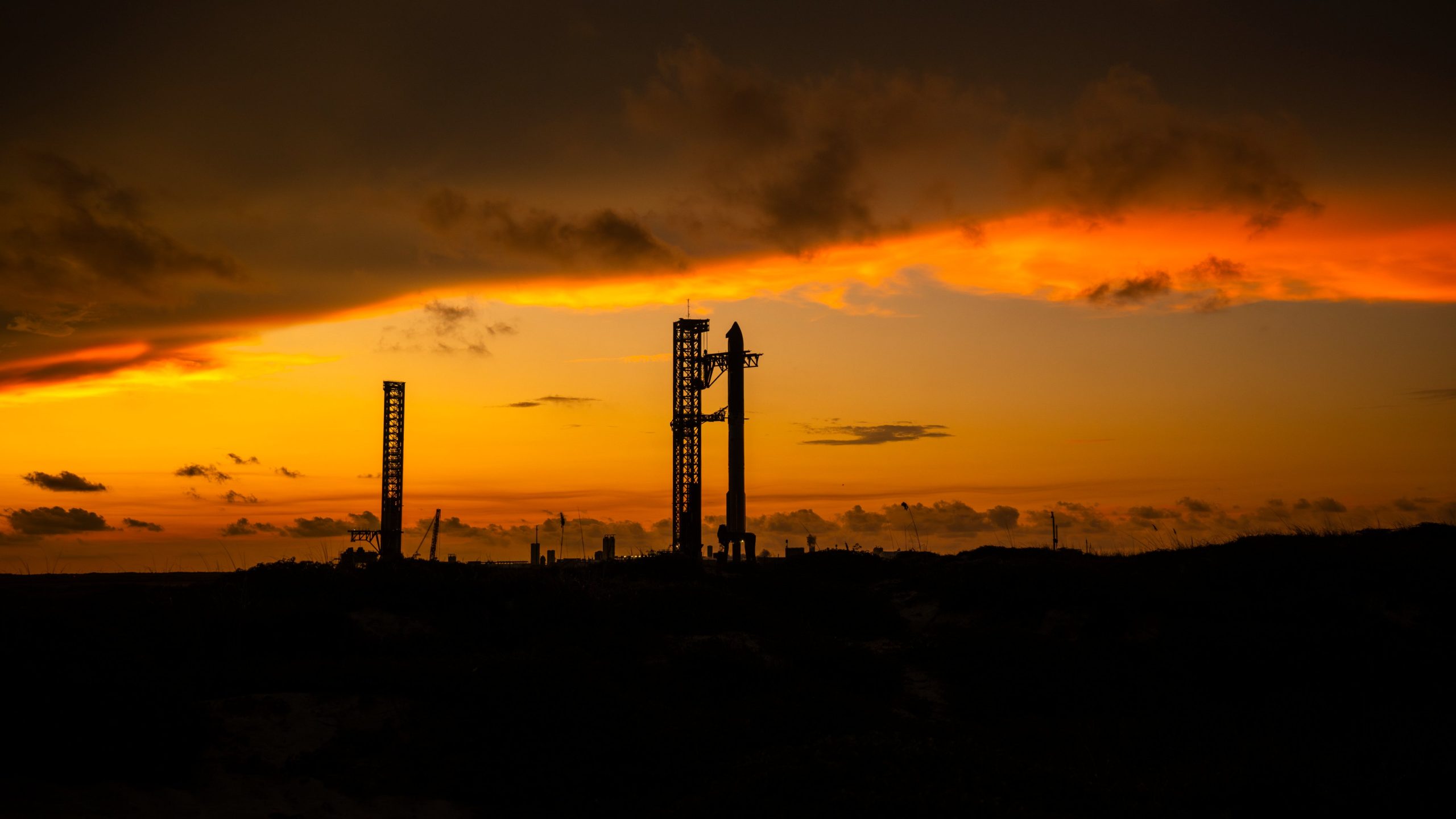
SpaceX is set to launch Starship tonight, provided the weather cooperates and everything with the ship goes smoothly.
This is SpaceX’s third attempt to launch Starship for its tenth test flight, with Sunday’s and Monday’s attempts both being scrapped due to a leak and unfavorable weather conditions on the respective days.
This evening, SpaceX has already stated that conditions appear to be approximately 45 percent favorable for launch. This is ten percent less than last night, when the mission was eventually scrapped around 7 p.m. local time.
Propellant load of the upper stage and Super Heavy booster is already underway, and the launch is expected to occur at 6:30 p.m. in Starbase, Texas.
You can watch the tenth test flight of Starship below via SpaceX:
Watch Starship’s tenth flight test → https://t.co/UIwbeGoo2B https://t.co/BFrpQPQFUw
— SpaceX (@SpaceX) August 26, 2025
News
Tesla one-ups Waymo once again with latest Robotaxi expansion in Austin
Tesla’s new Robotaxi geofence measures roughly 171 square miles of Austin’s downtown and suburbs. This is more than double the size of Waymo’s geofence, which measures 90 square miles.
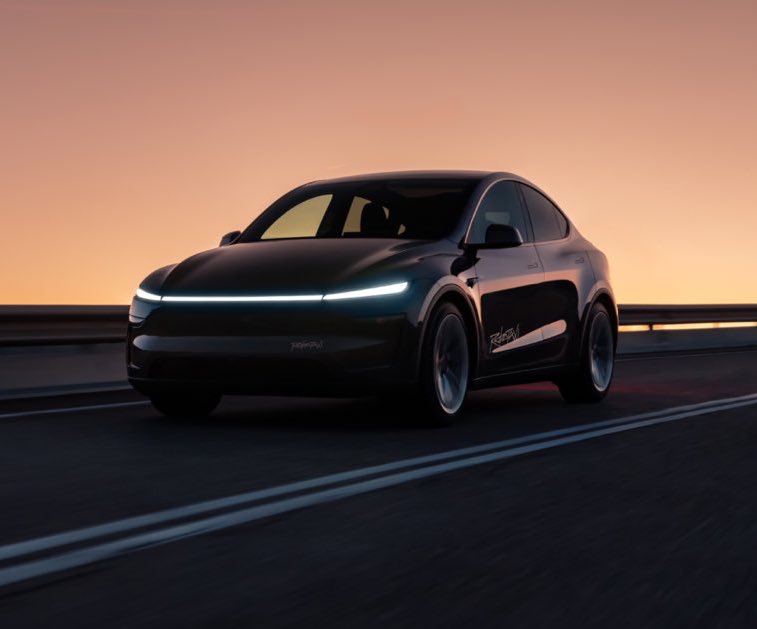
Tesla’s expansion of the Robotaxi geofence on Tuesday morning was a one-up on Waymo once again, as the automaker’s service area growth helps eclipse its rival in an intense back-and-forth.
A lot of conversation has been made about Tesla’s rivalry with Waymo in terms of the capabilities of its driverless ride-sharing service in Austin, Texas.
The two companies have sparred with one another, answering each other’s expansion, and continuing to compete, all to the benefit of consumers in the region.
Tesla expanded the geofence of Robotaxi once again this morning, and it is another growth that catapults it past Waymo’s service area in Austin — this time by a considerable margin.
Comparison of Tesla’s vs Waymo’s Robotaxi geofence map in Austin, Texas.
Today, @Tesla again massively expanded their geofence area, making it significantly bigger than Waymo’s. pic.twitter.com/tHLJ2qabZJ
— Sawyer Merritt (@SawyerMerritt) August 26, 2025
Tesla’s new Robotaxi geofence measures roughly 171 square miles of Austin’s downtown and suburbs. This is more than double the size of Waymo’s geofence, which measures 90 square miles.
On July 14, Tesla officially overtook Waymo in terms of service area in Austin. But just a few days later, Waymo had responded with a bold statement, expanding from 37 square miles to 90 square miles.
Sarfraz Maredia, Global Head of Autonomous Mobility & Delivery at Uber, said the move “unlock[ed] another key milestone in Austin as our operating territory with Waymo expands from 37 to 90 square miles, which means that even more riders can experience Waymo’s fully autonomous vehicles through the Uber app.”
Tesla did not respond immediately, but it took its time with validation vehicle testing in the Austin suburbs, as we reported yesterday:
Tesla looks to expand Robotaxi geofence once again with testing in new area
Today’s expansion is perhaps the biggest step Tesla has taken in its efforts to continue to grow its Robotaxi platform. This is not only because the company has significantly expanded the size of the geofence, but also because it has ventured into suburban areas and even included Gigafactory Texas in its service area.
Waymo could come up with another timely response as it did when Tesla expanded in late July. We’ll wait to see what it comes up with, as this awesome competition between the two companies is accelerating innovation.
-
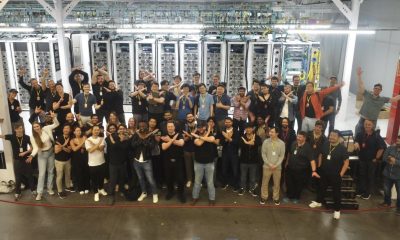
 Elon Musk4 days ago
Elon Musk4 days agoElon Musk takes aim at Bill Gates’ Microsoft with new AI venture “Macrohard”
-
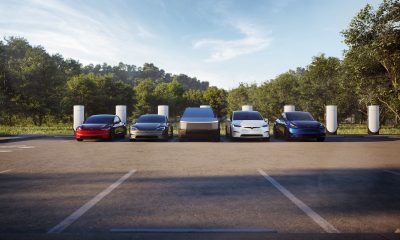
 News2 days ago
News2 days agoTesla offers new feature to save battery and reduce phantom drain
-
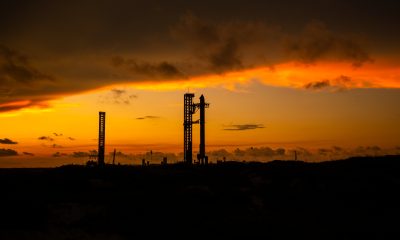
 News2 hours ago
News2 hours agoWATCH: SpaceX attempts Starship’s tenth test flight after two delays
-
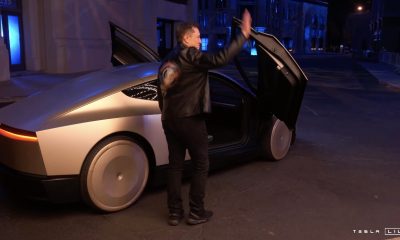
 Elon Musk2 days ago
Elon Musk2 days agoElon Musk argues lidar and radar make self driving cars more dangerous
-
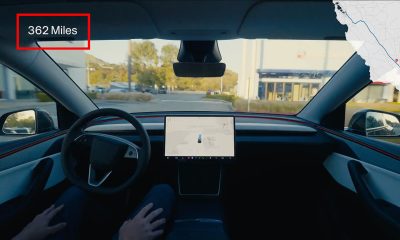
 News2 weeks ago
News2 weeks agoTesla flexes its most impressive and longest Full Self-Driving demo yet
-
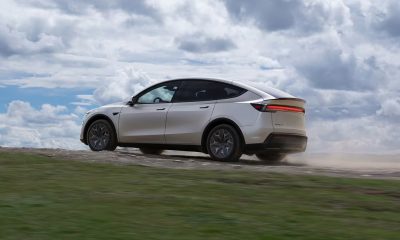
 News1 week ago
News1 week agoTesla Model Y L officially launched: price, features, and more
-
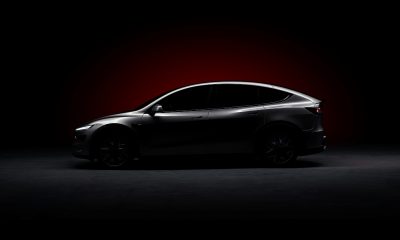
 News2 weeks ago
News2 weeks agoTesla Model Y L spotted in Europe ahead of expected September China launch
-
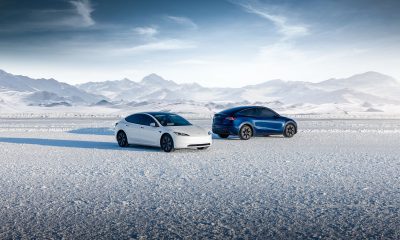
 News6 days ago
News6 days agoTesla offers new deal on used inventory that you won’t want to pass up




